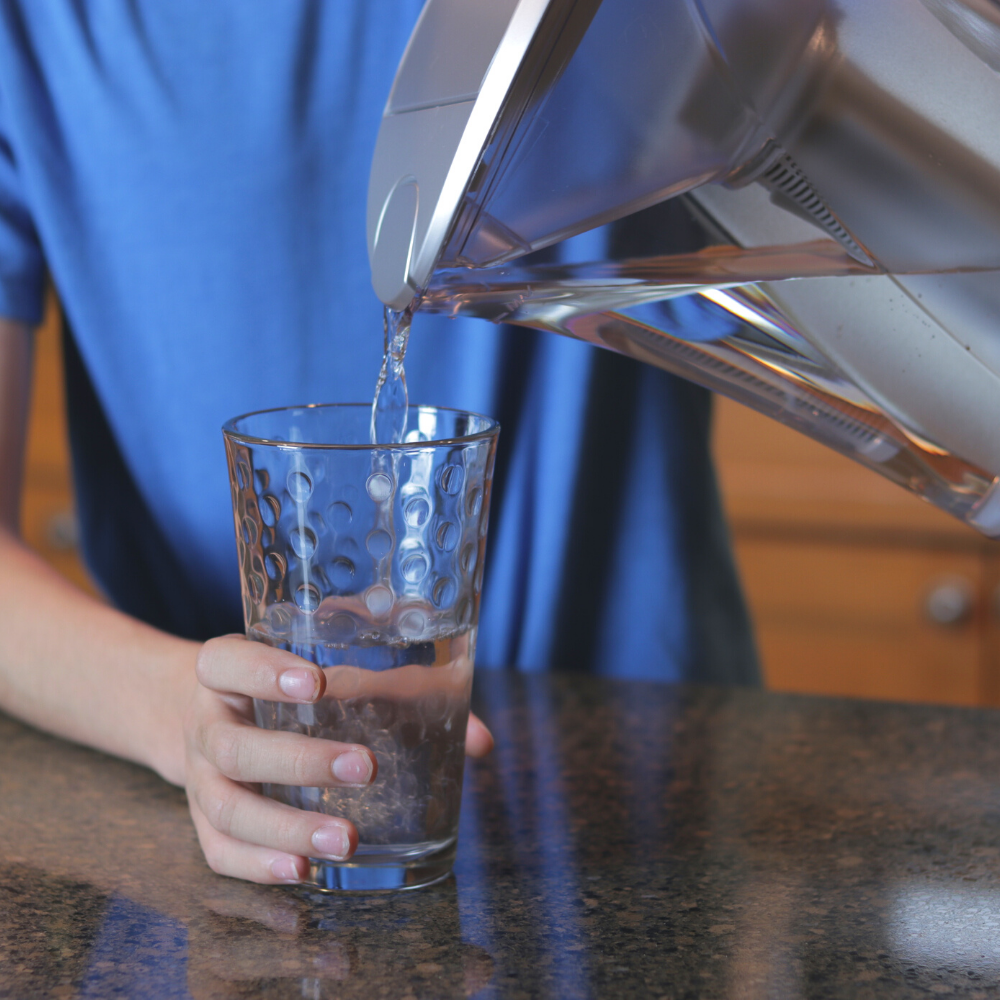
Turn on your kitchen faucet, fill up a glass, and have a nice cool drink of water. Sounds like the kind of thing you can do without thinking. Unfortunately, these days, you do have to think about it – a lot.
As noted in our last blog, a vast majority of the unsafe tap water in our country is found in cities and towns where the contaminants actually meet legal standards. In an article from the Fox News website, Olga Naidenko, Ph.D., EWG’s vice president for science investigations, was quoted in a press release as saying, “The vast majority of community water systems meet legal standards. Yet the latest research shows that contaminants present in the water at those concentrations – perfectly legal – can still harm human health.”
No wonder, then, that almost half of Americans who drink tap water at home say they filter or boil it first. That's according to Consumer Reports’ 2019 Water Quality Survey, based on a nationally representative sample of 4,225 U.S. adults.
Awareness of the kinds of potential health hazards found in many of our drinking water sources – as well as the most egregious examples from places like Flint, MI and, more recently, Newark, NJ – have led consumers to increasingly look to water filtration. And by far, one of the most popular methods of water filtration is filtered water pitchers. Not only are they relatively inexpensive and very effective, they are also a much more environmentally friendly solution to bottled water (did you know it can take up to 440 years for a plastic bottle to decay)?
But with so many filtered water pitchers on the market, how do you choose the best one for you? Different criteria matter to different people. For some, cost is no issue. For others, the time it takes to fill may not be a problem. So, we’re not going to try to tell you which is the best one (although our own Clear2O® Advanced Water Filtration Pitcher - CWS100 is a solid choice that has been rated a consistent Best Buy from Consumer Reports). Instead, we’ll point out the five most important parameters to consider when making your choice. (NOTE: You should consider only BPA-free pitchers; pitchers that are not BPA-free shouldn’t even be in the mix.)
Filter Medium
The vast majority of filtered water pitchers use granulated activated carbon, as it is the least expensive method of filtration, but doesn’t necessarily generate the cleanest water. Solid carbon Block - made from carbon powder packed into block form – will generate the healthiest water, hands down. An article on the website TheWaterPage.com notes, “Most carbon water filters are either made with granular activated carbon (GAC), or powdered block carbon material. Those with carbon block are the most effective.
Filtration Rate
There are a wide range of filling times for different products: from 3 to 4 minutes, or, 11-12 minutes, or even four hours (the CLEAR2O Advanced Pitcher took less 30 seconds). That is a substantial difference. Is the filtration rate a make-or-break factor for everyone? No. But it’s more than just a convenience to someone who needs or wants water right away. When getting ready for a meal or if you just want to grab a quick glass of filtered water, a fast filling pitcher is much more desirable to most consumers.
Testing
NSF/ANSI 42 (test protocol to reduce aesthetic impurities such as chlorine and taste/odor) and NSF/ANSI 53 (test protocol to reduce a contaminant with a health effect such as Lead or Mercury) should both be a prerequisite for any water pitcher you might consider.
Chlorine, lead, mercury, sediment, heavy metals, VOC’s volatile organic compounds, herbicides, pesticides, pharmaceutical, industrial waste, and PFOE are the primary culprits.
Pitcher Size
While larger pitchers generally hold more water, they can also be hard to lift when full (especially for seniors) and take up more room in your fridge. Smaller pitchers may hold less water, but they are easier to handle and can often fit into your refrigerator door. Another consideration is the size of the upper tank; a larger tank can reduce overall capacity. So, a pitcher which might be smaller overall may actually hold more water, depending on the upper tank size. Ultimately, find a pitcher whose size and capacity works for your and your family’s needs.
Filter Life
While the average filter life for the major brand name products is about 40 gallons, some can go to 50 gallons or higher, which can translate to anywhere between 3 to 4 months. Again, these numbers can vary significantly, so make sure to do your homework on this point. And don’t forget to notice any filter life indicators, which tell you when to change your filter. Avoid the ones that only use a timer system, which tells you to change your filter on a set time period, regardless of how much – or little - it is used. Instead, look for ones that actually measure the water that has been filtered, as these will give you a more accurate reading and save you money.
###
